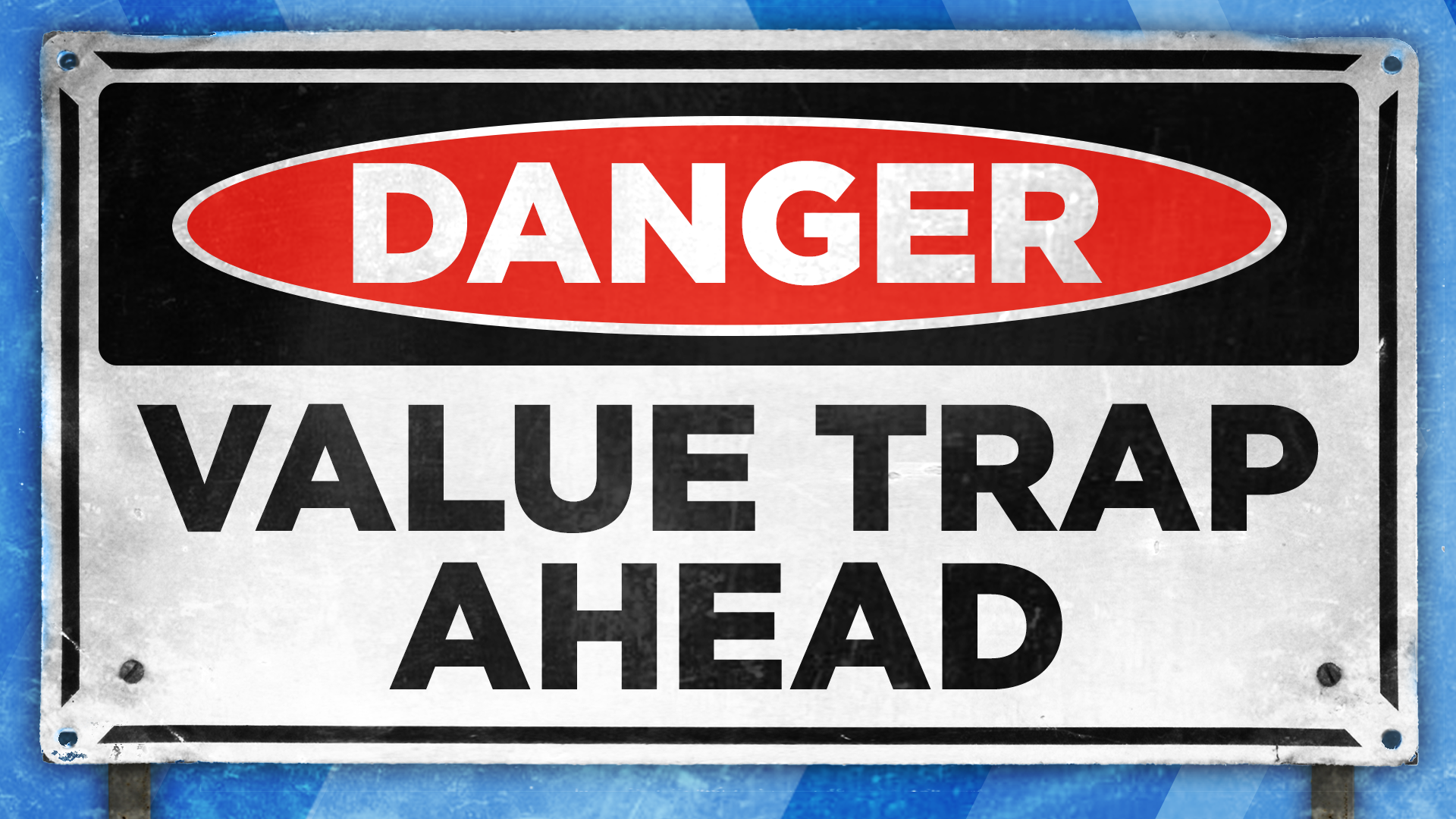
Price-Earning Ratio (PE), Price-to-Book Ratio (PB) and Dividend Yield (DY) are 3 common financial ratios which shows relative performance of share prices and business fundamental. A smart stock investor needs to apply these 3 financial ratios with deeper considerations, not just in a generalized way, eg. buying stocks with lower PE, lower PB or higher DY. Do not fall into value trap of stocks for these situations.
1) PE (Price Earning Ratio) = Price / Earning
– PE usually prefers a lower number to show undervalue stock with earning approach. In a practical world, usually outperforming stocks have higher PE as traders willing to pay for higher share price relative to earning. Therefore, investing in lower PE stocks should consider whether the lower ratio is a result of lower price, higher earning or both trends at the same time. Be careful of some crisis stocks which have declining earning with significant drop in share prices, resulting in very low PE. Another potential value trap is sudden surge in earning, resulting in very low PE which may not be sustainable.

2) PB (Price to Book Ratio) = Price / Net Asset Value (NAV)
– PB usually prefers a lower number to show undervalue stock with asset approach. In a practical world, usually outperforming stocks have higher PB as traders willing to pay for higher share price relative to asset. Therefore, investing in lower PB stocks should consider whether the lower ratio is a result of lower price, higher NAV or both trends at the same time. Be careful of some undervalue stocks (PB<1) which have declining NAV with significant drop in share prices, resulting in undervalue stock with more discounts each year. Another potential value trap is quality of NAV on balance sheet may be low (not property nor cash).
3) DY (Dividend Yield) = Dividend / Price
– DY usually prefers a higher number to show higher rate of return in passive income with dividend approach. In a practical world, usually outperforming stocks have lower DY as traders willing to pay for higher share price relative to dividend payment. Therefore, investing in higher DY stocks should consider whether the lower ratio is a result of lower price, higher dividend or both trends at the same time. Be careful of some high yield dividend stocks (DY>10%) which have declining dividend with significant drop in share prices, resulting in high dividend yield. Another potential value trap is company with no free cashflow but still use past saving to pay for dividend yearly which may not be sustainable.

